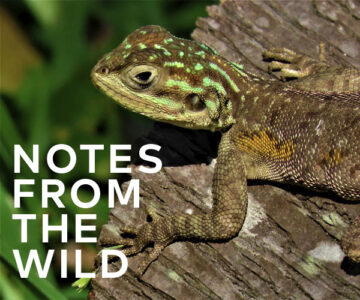Raven Foodies
Ravens are clever and adaptable, they eat just about anything we do.
The raven pair cast covetous eyes at our sandwiches, and we soon weakened. My hiking partner and I tossed them bread and strips of ham and tempted them to come closer by placing morsels near our feet.
The largest and boldest bird took sideways steps towards us and then, with a rapier-like thrust of its bill, snatched the food, retreated a safe distance away, and ate it.
In recent decades ravens have recolonized the Headwaters region. Clever and adaptable they eat just about anything we do, along with a wide assortment of things most of us would never dream of eating, like frogs, shrews and butterflies.
But like us they can be picky. They balk at bees and wasps, even dead ones that can’t deliver nasty stings. And, according to raven expert and author Bernd Heinrich, they recoil in disgust from earthworms.
Also like us – especially like many children – ravens display neophobia, the fear of new things, including potential foods they haven’t seen previously.
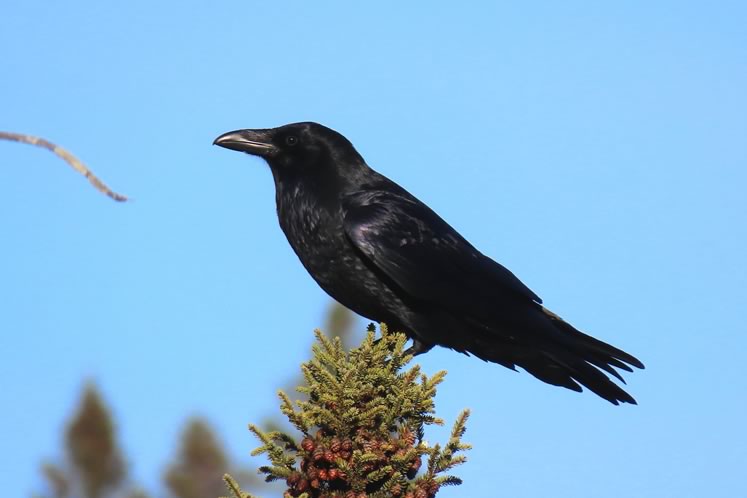
In recent decades ravens have recolonized the Headwaters region. Photo by Don Scallen.
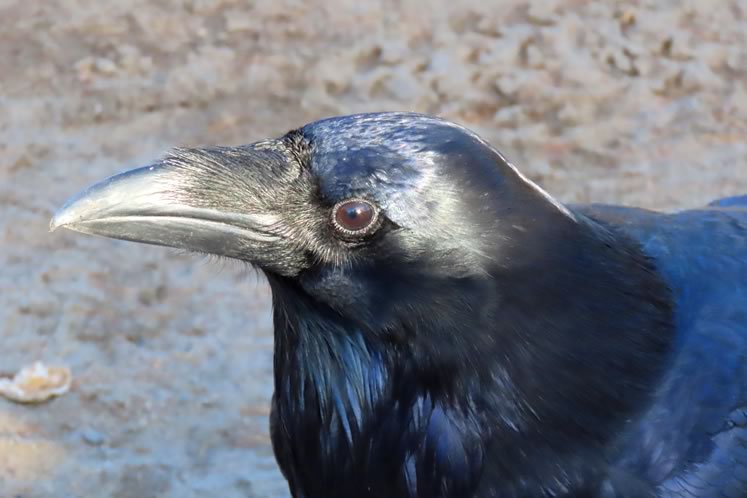
Ravens are clever and adaptable. Photo by Don Scallen.
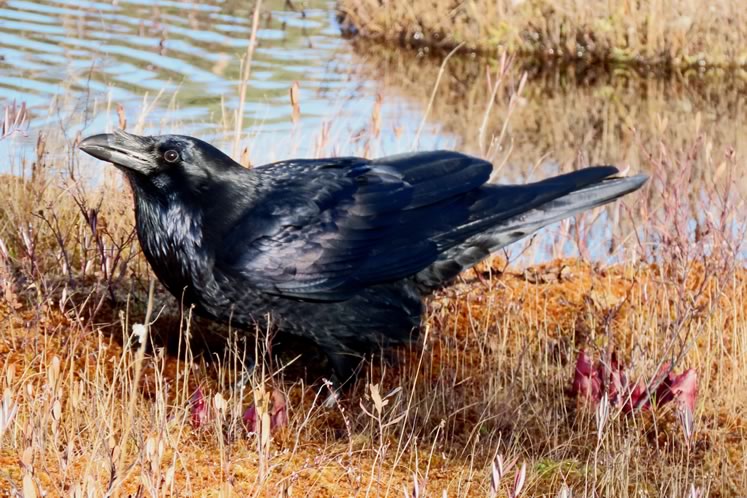
Ravens display neophobia, the fear of new things. Photo by Don Scallen.
Ravens also exercise caution with foods they normally relish. Deer carcasses and, more northward, moose carcasses sustain ravens during the winter.
But if predators and fellow scavengers are not feeding at those carcasses, ravens will give them a pass. This may be the legacy of poison campaigns that laced carcasses with strychnine to kill wolves and coyotes.
A hunter told Heinrich a possibly apocryphal story about a raven that, feeding at a carcass, would roll over and play dead when other ravens flew overhead.
This raised the possibility the raven knew that other ravens would see his “lifeless” body, conclude the carcass was dangerous to eat, and so fly off. Deception successful, the wily raven would then “revive” and continue to feed without having to share.
True or not, this story is just a drop in an ocean of tales that celebrate the intellect and appetites of these feathered Einsteins and avian epicures.
Related Stories
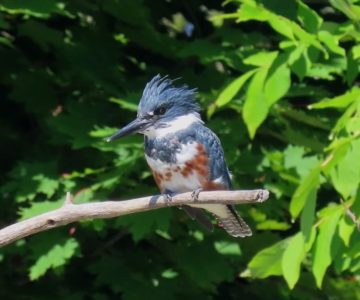
To Catch a Fish
Sep 13, 2021 | | Notes from the WildFish are fast, slippery, and camouflaged, designed by evolution to avoid being eaten.
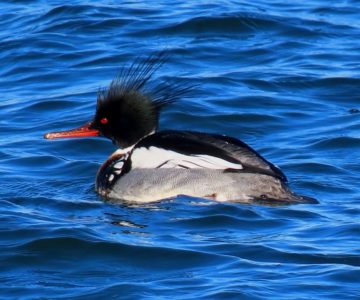
Winter Ducks
Mar 1, 2021 | | Notes from the WildFor sheer visual pleasure it’s hard to beat the splendour of ducks on a sunny winter’s day.
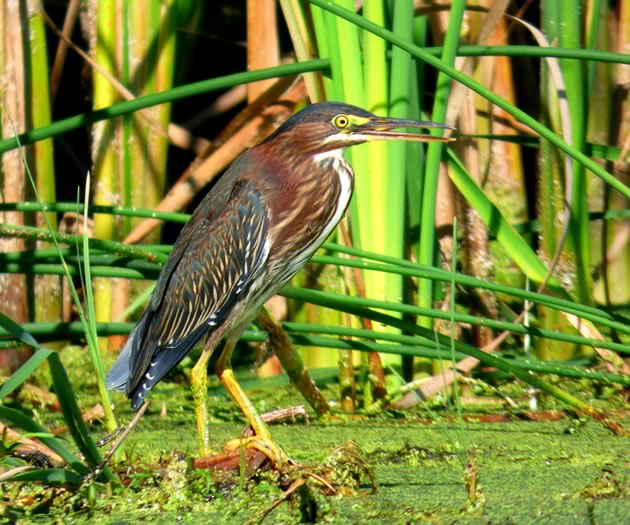
Herons and Egrets
Sep 27, 2016 | | Notes from the WildHerons, egrets and bitterns are long-legged freshwater and coastal birds in the family Ardeidae.
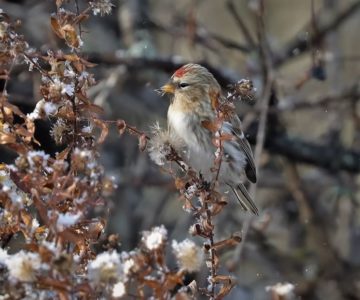
Winter Bird Watching
Jan 12, 2021 | | Notes from the WildThis is a special winter for bird watching in the hills.
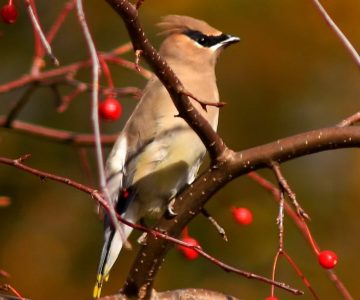
Cedar Waxwings
Dec 12, 2011 | | Notes from the WildA lovely shrub that waxwings find irresistible in late fall and early winter is a native holly called “winterberry”.
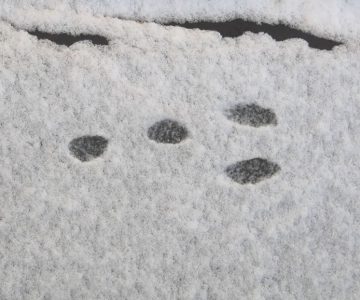
Animal Tracks
Feb 6, 2020 | | Notes from the WildTracks inscribed on snow by unseen animals offer tantalizing multilayered puzzles.

